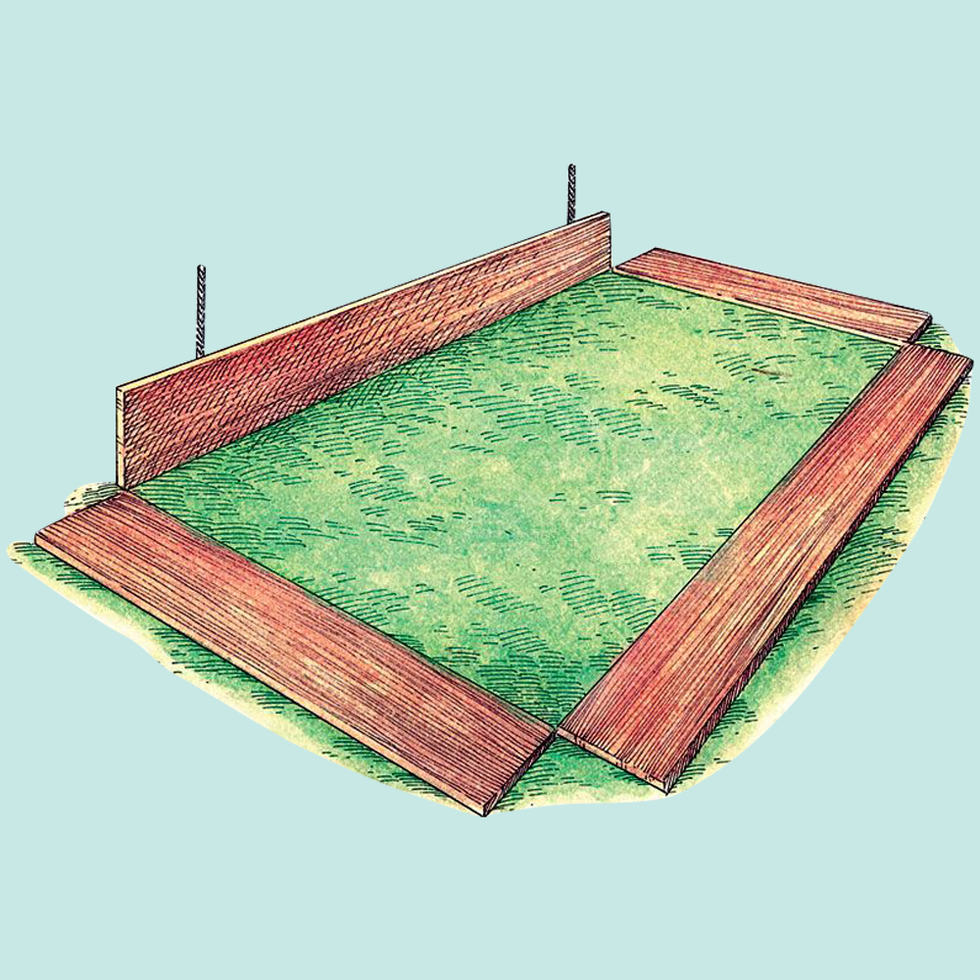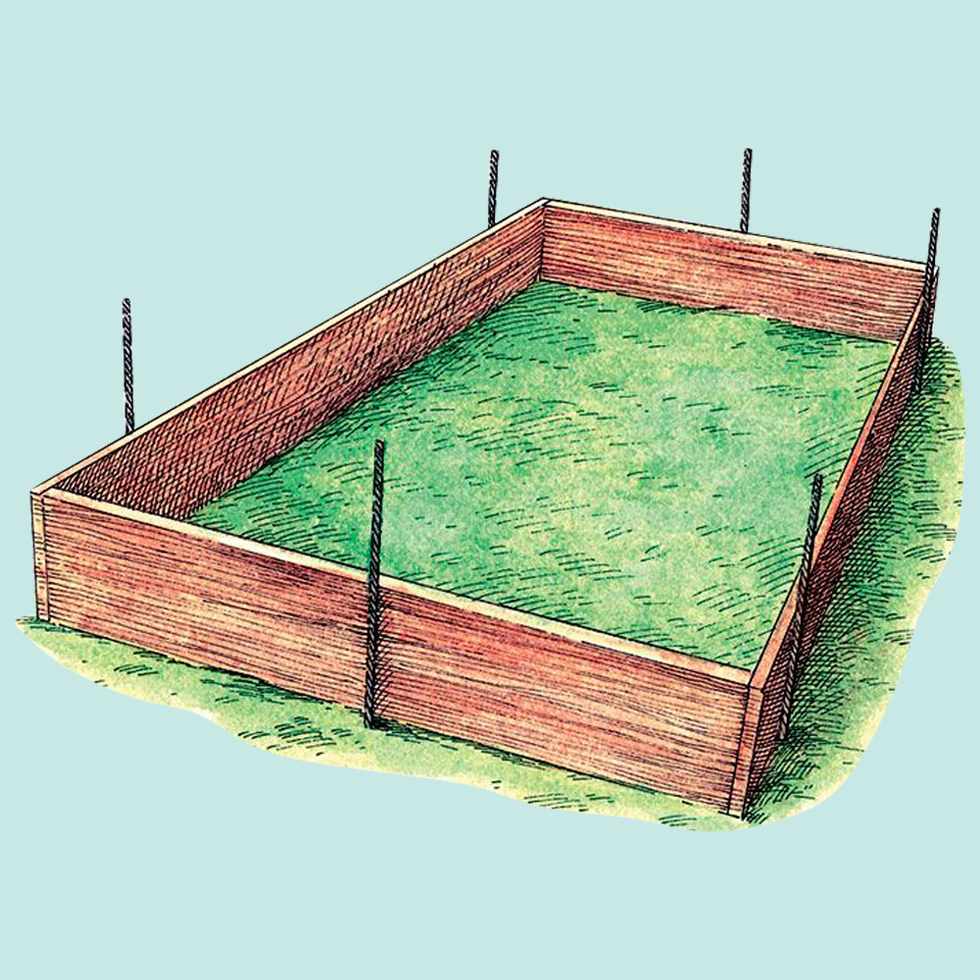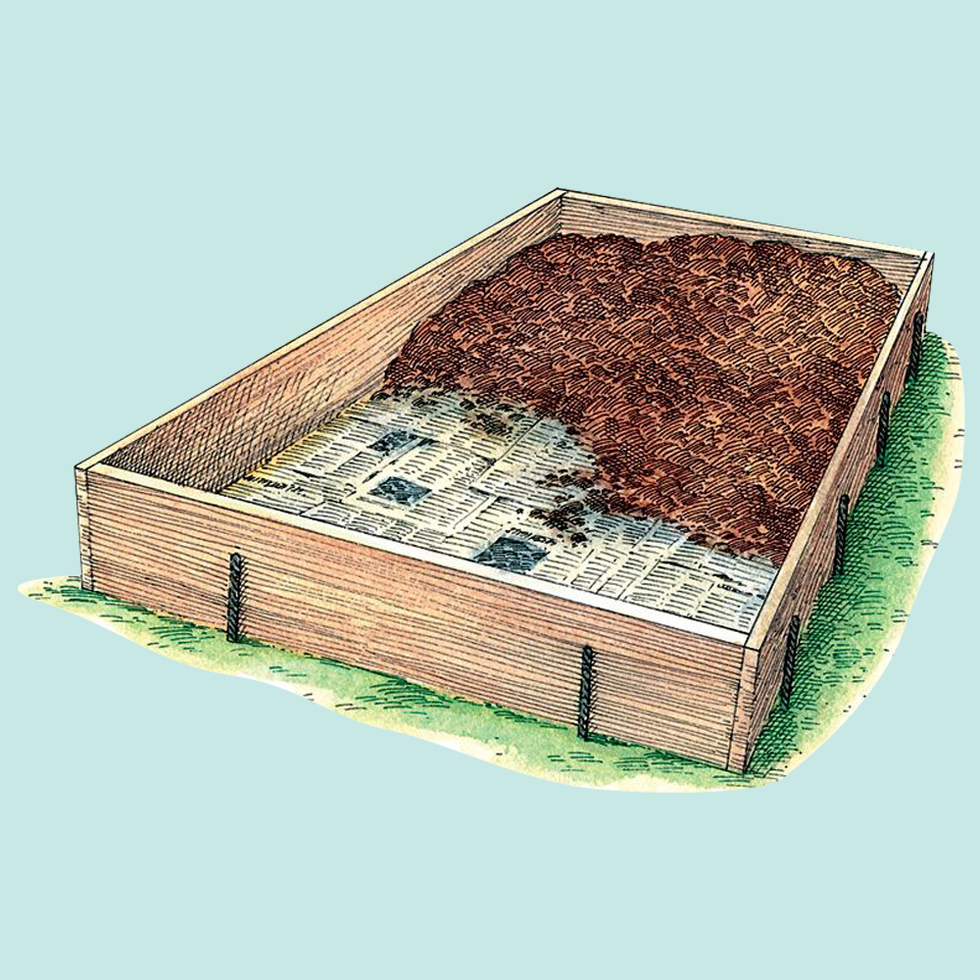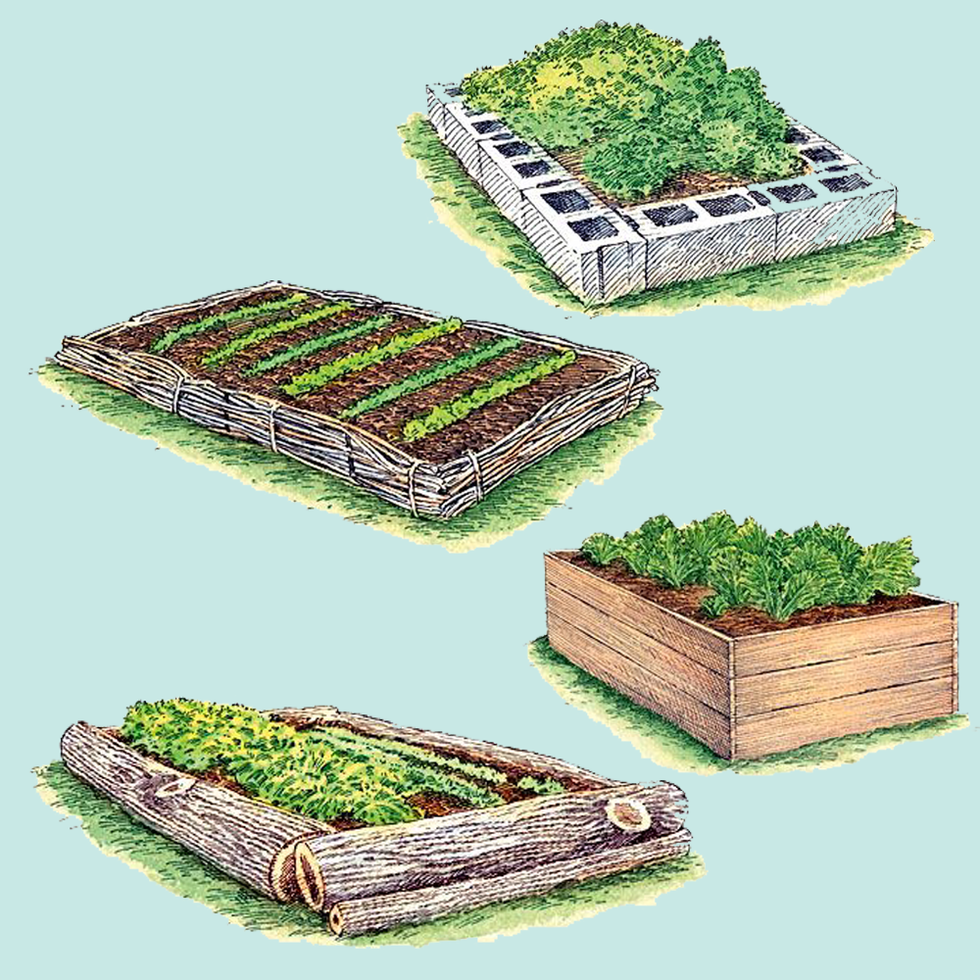Everything You Need to Know to Build a Simple Raised Garden Bed
Including what type of wood, soil and plants will work best.
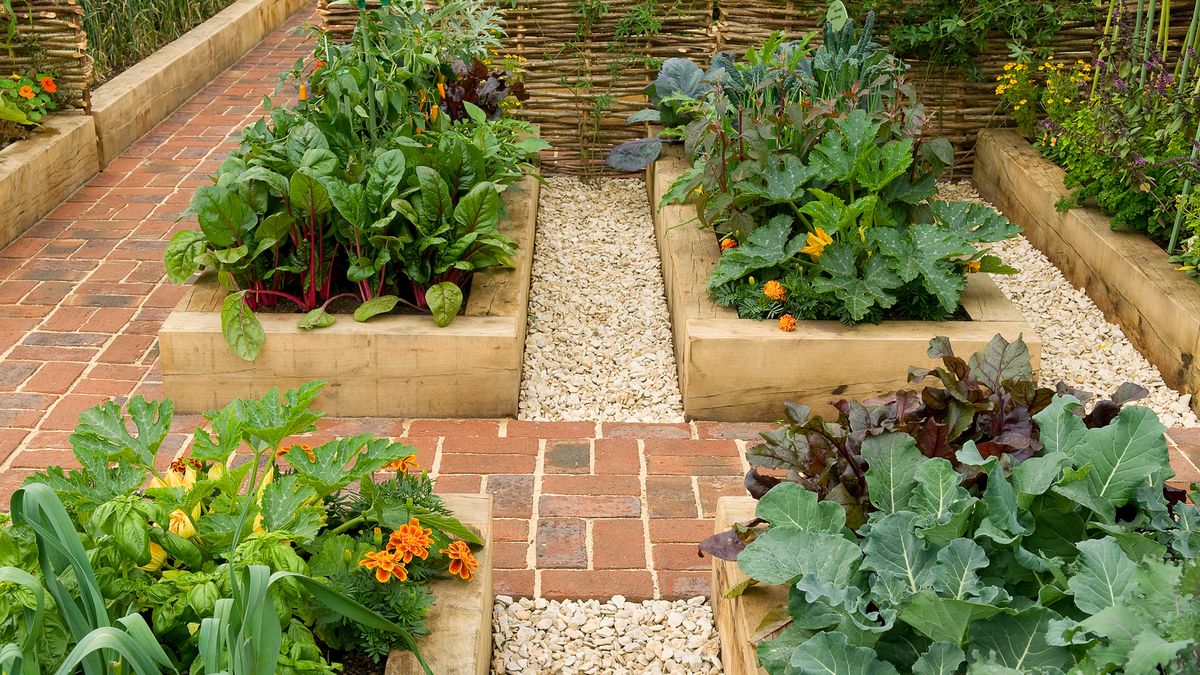
We've been independently researching and testing products for over 120 years. If you buy through our links, we may earn a commission. Learn more about our review process.
Let's face it: Everyone isn't lucky enough to have perfect soil to grow a vegetable garden. Whether your soil is clay-like or way too rocky, at some point, you might have been curious about how to build a raised garden bed as an alternative. The good news is that it's not difficult and can be constructed with a range of materials, including rot-resistant cedar.
Why consider raised garden beds, which are also known as planter boxes or garden boxes? They offer a slew of benefits to help your plants thrive. Beyond keeping critters at bay, your soil will warm up much earlier in the spring season, meaning that your plants have the chance to grow earlier too. Plus, vegetables, fruits and ornamentals will send their roots deeper in search of water, so they would likely be healthier. And they're just so easy to build on your own! Even if you're new to gardening, you'll
Necessary Supplies:
The beauty of this particular raised bed build is that it is cheap and easy to build. The wood and rebar will cost no more than $50 if you're using untreated pine planks, and the entire build can be completed in less than an hour's time. The untreated pine might only last five to 10 years, but due to the nature of this build, each board is easily replaceable without taking apart the entire bed. For a 4-by-8-foot bed, you’ll need:
- Two 2-by-12 planks, each 8 feet long
- Two 2-by-12 planks, each 4 feet long
- 12 pieces of rebar, each 2 feet long
- A rubber mallet
- Newspaper or cardboard
- Soil to fill the finished frame
Monique Valeris is the home design director for Good Housekeeping, where she oversees the brand's home decorating coverage across print and digital. Prior to joining GH in 2020, she was the digital editor at Elle Decor. In her current role, she explores everything from design trends and home tours to lifestyle product recommendations, including writing her monthly column, "What's in My Cart."

40 Summer Flower Options for Your Garden

The Anti-Aging Effects of Rosehip Oil

40 Dreamy Small Garden Ideas

How to Grow an Avocado Plant Indoors
